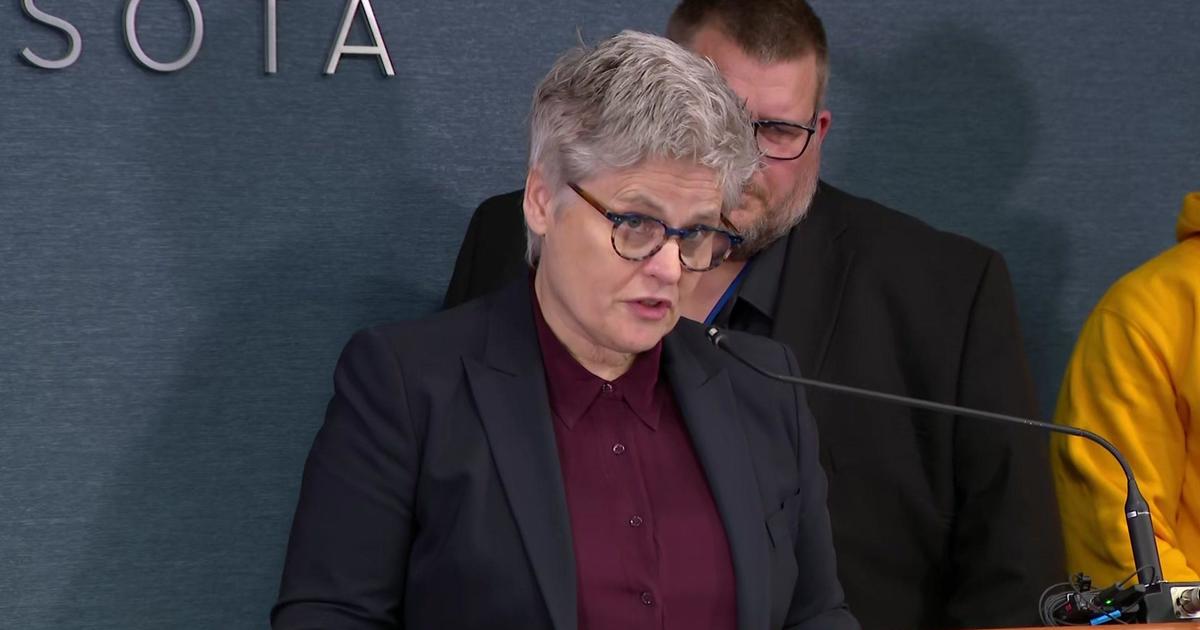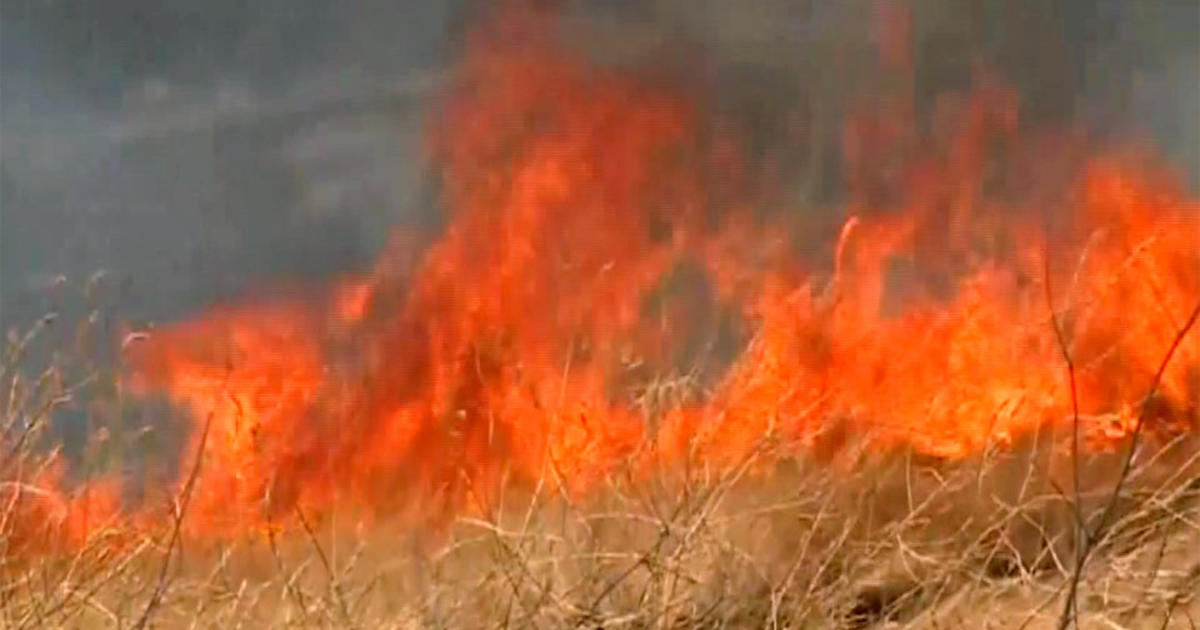Forest Service Gets More Aggressive On Small Fires
MINNEAPOLIS (AP) -- The U.S. Forest Service has directed supervisors on federal forest lands to temporarily abandon its policy of letting small fires keep burning in isolated areas, with rampant forest fires in the country's western half putting a strain on firefighting resources and concerns over the possibility of more fires in drought-stricken areas.
"We're concerned about how dry it is," said Joe Walsh, spokesman for the U.S. Forest Service in Washington. "It was this concern, and this comes down from our chief, that we need to get in and suppress fires early and not let them get ahead of us."
For years, the policy has been that supervisors on Forest Service land can opt to let fires burn if they start naturally, usually by lightning strikes, and are not a threat to nearby homes or other assets. Scientists view fires as a natural part of forest regeneration, making room for new growth and also diminishing future threat of larger fires by clearing areas of fuel sources.
But that decision can go wrong. That's what happened last August in Minnesota's Boundary Waters Canoe Area Wilderness, where a fire that burned slowly at first under the supervision of Superior National Forest managers gained unexpected strength thanks to a blast of hot, windy weather in early September.
The Pagami Creek fire quickly grew out of control, burning about 145 square miles and costing $23 million to fight. It took another month to extinguish, with help from nearly 1,000 firefighters across the country.
Brenda Halter, supervisor of Superior National Forest, said her staff has already put out a handful of small fires in isolated areas that under normal circumstances probably would have been allowed to burn.
Last year, the Forest Service spent a record $48 million for recovery work alone on burned areas. By the end of July, the agency had already spent $28 million on recovery and is on track for another possible record.
The number of fires and total acres burned this year in the West is within range of the last decade's average, but the fires have been bigger and have burned with more severity. They have also intruded into areas where the potential impact is greater.
Colorado has had its worst fire season in a decade, and New Mexico recorded its largest and most destructive wildfires in May, June and July. Major fires have also burned in southern California, Oklahoma, Idaho, Washington, Wyoming and Utah.
Walsh said the Forest Service's firefighting resources are still in decent shape. "We're not in crisis mode," he said. But he added that trying to prevent strained resources through the summer and into early fall is "just the smart and prudent thing to do."
He said the directive would be revisited if drought conditions begin to lift.
(© Copyright 2012 The Associated Press. All Rights Reserved. This material may not be published, broadcast, rewritten or redistributed.)



